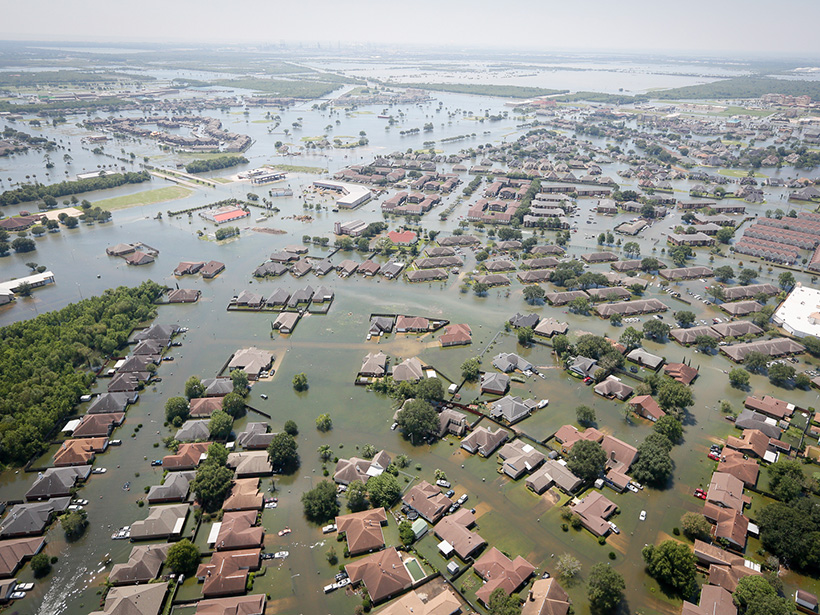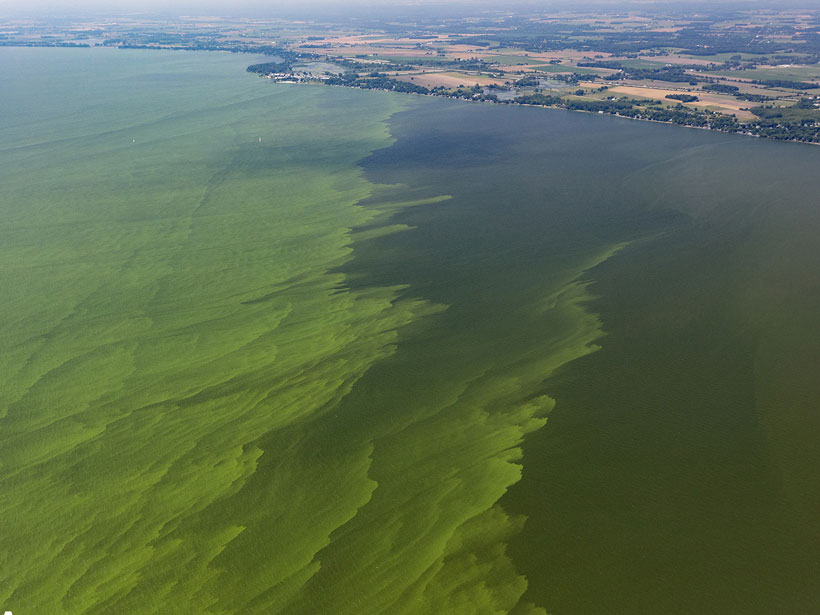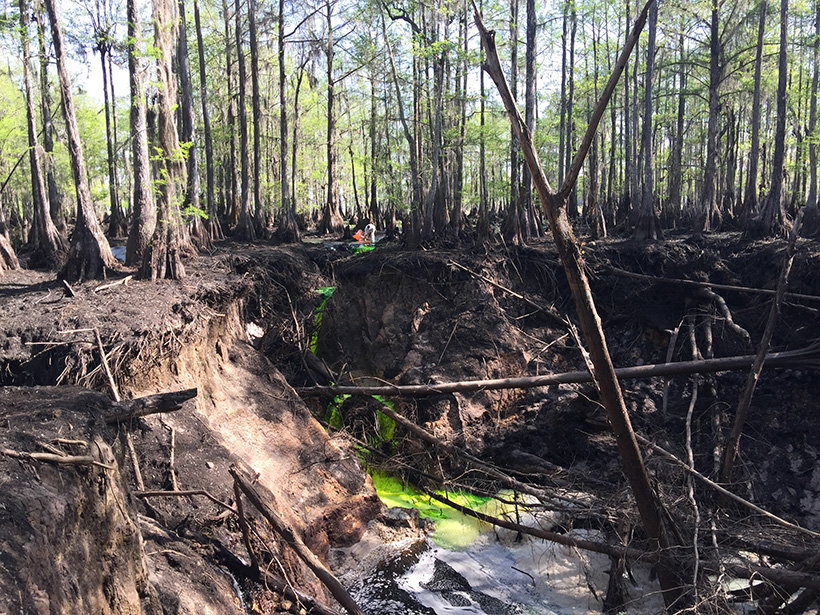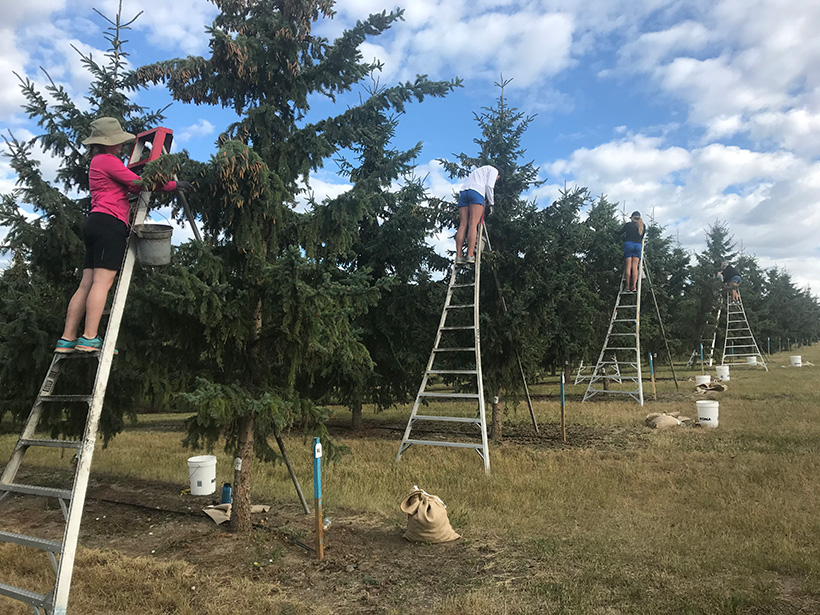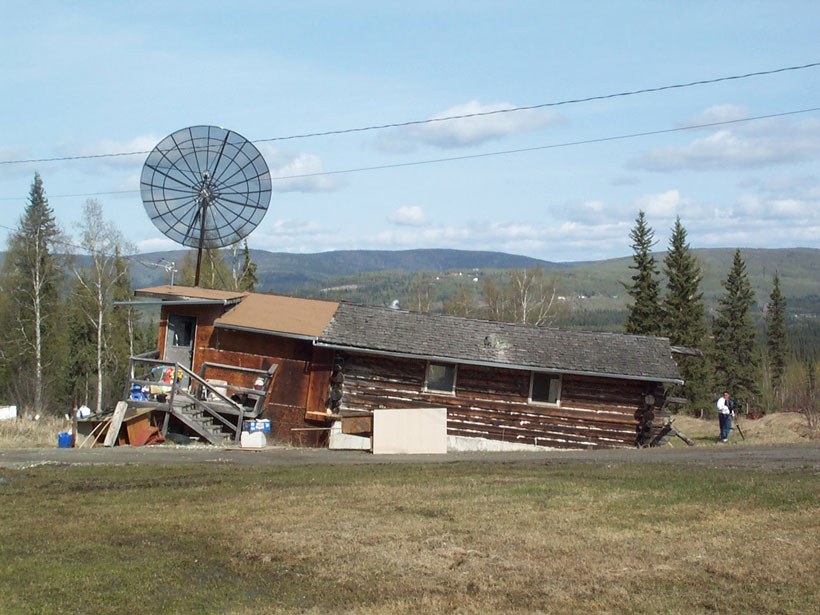Hand axes, hippo bones, and a stack of ancient lake beds show that arid Arabia experienced intervals of humid weather, spurring pulses of human migration over the past 400,000 years.
J. Besl
When Rivers Are Contaminated, Floods Are Only the First Problem
As floods increase in frequency and intensity, chemicals buried in river sediments become “ticking time bombs” waiting to activate.
Lake Erie Sediments: All Dredged Up with Nowhere to Grow
Agriculture is a key contributor to the algae mats that plague Lake Erie. With so many fertilizers entering the lake, could sediment from the lake floor be used to grow crops instead?
Testing on the Tundra: NASA Snow Program Heads North
With infrastructure, experience, and a slice of the world’s largest snow biomes, Alaska is an essential research destination for NASA’s multiyear SnowEx campaign.
Dyes and Isotopes Track Groundwater from Sink to Spring
The hydraulic connection between a sinkhole and a natural spring—the longest and largest yet documented—could help reduce the guesswork in mapping karst aquifers.
Planning and Planting Future Forests with Climate Change in Mind
The climate is warming too fast for some trees to catch up. Planting seeds from warmer regions can bolster future forests, but that requires a significant shift in forestry practice.
Mapping the People, Places, and Problems of Permafrost Thaw
By combining demography data with permafrost maps, researchers provide a first count of the population on permafrost and predict its imminent decline.


